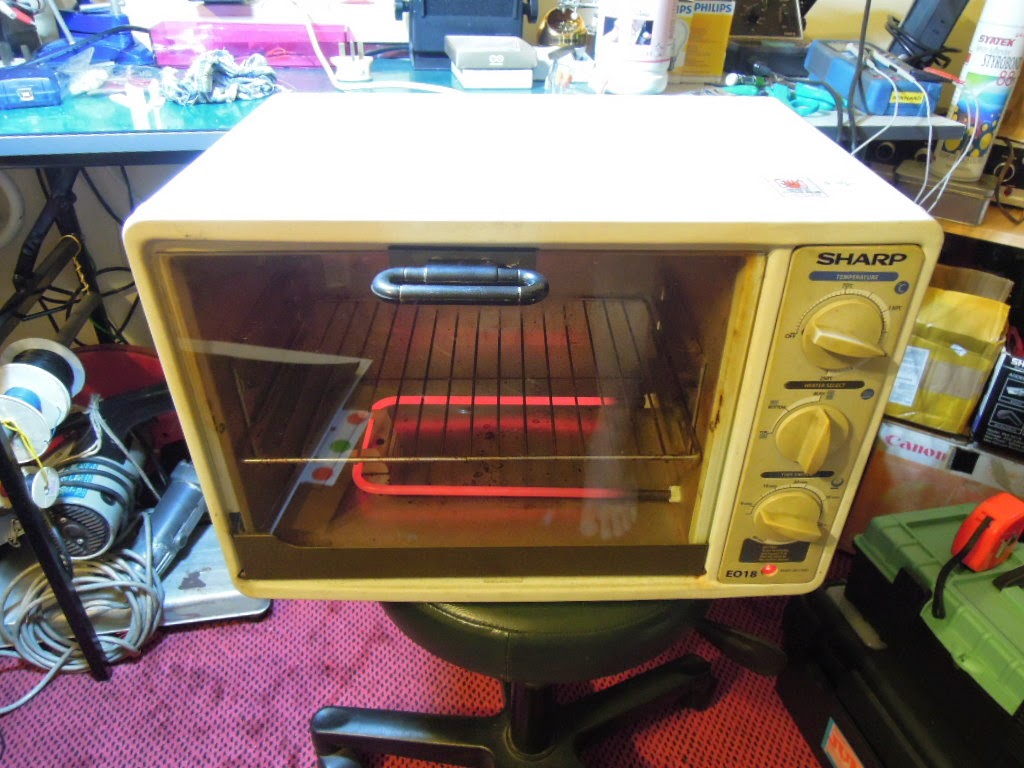Some people spend most of their time in front of the TV or shopping or sleeping especially during the weekends. I spend my most of my time here, my little humble workspace. This room is not a dedicated workshop at somewhere else but is in my house. Yes, my little apartment where I'm staying with my wife and soon with my kids. We have 3 rooms and I transformed the third room into a workspace or so call personal office. My wife and I share this room for office work, building my projects, jamming and relaxing.
Half of the room is my workspace. From the pictures below, starting from the left side of the room are my bench top drill, the new 3D printer, component racks, worktable equipped with soldering station, multimeter, homemade power supply and hand tools. The right side corner of the room is the repository area. Below the table I have a old cut off saw and angle grinder which my father gave it to me. Recently I just bought a foldable workbench where I'm using it for woodworking outside my house, a wood router, palm sander and a cordless drill. You can see my homemade PCB UV box at the top of the rack in the third photo.











